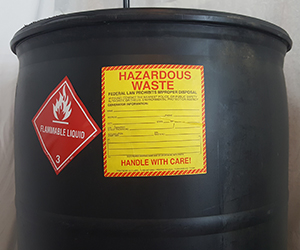Flexible Packaging Market to Reach $264.9 Billion by 2030
Demand for flexible packaging continues to grow, with its market valuation projected to reach $264.9 billion by 2030, growing at a compound annual growth rate of 4.8% during the forecast period. Its popularity has increased due to its affordability, adaptability, and eco-friendly advantages. And, single-serve packets have become a game-changer in the food, beverage and […]
Flexible Packaging Market to Reach $264.9 Billion by 2030 Read More »







